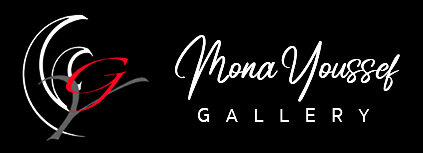Human and the need for a mirror!
The earliest natural mirror when people started to look at their reflections in pools of water, streams and rivers or in water collected in a primitive vessel. It is believed that the first man-made mirrors were made of polished stone such as black volcanic glass obsidian. Some examples were found in Anatolia which is the modern-day Turkey and have been dated to around 6000BC. The Ancient Egyptians used polished copper to produce mirrors. The Ancient Mesopotamians also produced polished metal mirrors and mirrors made from polished stone were known in Central and South America from about 2000 BC. In China mirrors began to be made from metal alloys, a mixture of tin and copper called speculum metal. In 1835 Justus von Liebig, a German chemist, developed the silvered-glass mirror where a thin layer of metallic silver is put onto glass by the chemical reduction of silver nitrate. It is believed that mirrors made of metal-backed glass was first produced in Lebanon in the first century. The Romans made crude mirrors from blown glass with lead backings. Usage of a mirror is to have light reflection into the room to make it brighter and larger. It focus sunlight to produce heat in the solar furnace for heating, cooking, melting metals.
Needing a mirror is commonly for reviewing or checking oneself. The mirror effect is a reflection of one's self through the gaze of others. It is used in education as a meta-cognition tool and as a vector of knowledge. The mirror effect can be obtained directly from another person through observation, listening to his comments or following his activates. Whether we realize it or not, mirrors and reflective surfaces also play an important role in our psychological and emotional functioning. Mirrors are used to test self-recognition in humans. Researchers conclude that if subjects can tell that the image on the reflective surface is in fact them, then they have developed a perceptive sense of self. We come to develop a sense of self through early interactions with outsiders to recognize our movements and emotional expressions. When outsiders respond to give us feedback that we are separate from them, and that our behavior creates a reaction in them, we realize who we are. It seems that we need a context outside ourselves to self-recognize. Other people reflect us as individuals and mirrors do too.
Who of us can live with a mirror or without receiving feedback from others? Healthy interaction and exchanging of thoughts are essential necessities not only for survival but also for self-improvement, of what we choose to do, of life’s quality and of our dealings with others.
I am so grateful to all who voluntarily wrote me comments on my artwork, they are indeed worked as a crystal clear mirror which I treasure much. Here are some of the Testimonials I have received with many thanks.
"How to price Artwork? A frequent question artists always ask and wonder! Obviously, artists are not the best to price their artwork! Why? They may over treasure their work and overprice it, or underestimate it because lack of confidence or unknowing where they stand among the crowd! Losing the balance between the value in their eyes and the Market value, disable the them from determining the right price! I hope this article shed some light and assist you.
